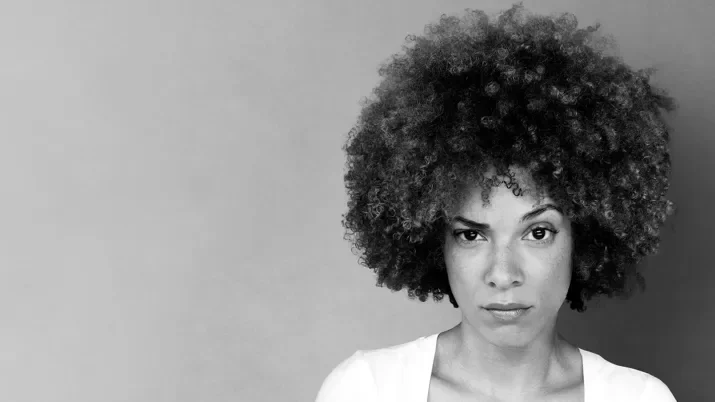Are fatigue and backlash catalysts for transformative change?
Asset management
The past ten years have seen a surge in engagement aimed at improving diversity, equity, and inclusion (DEI) in the corporate workplace as a response to a current reality – and indeed history – often characterized by gender, racial, ethnic, and sexual homogeneity. This corporate evolution is not taking place in a vacuum – it’s a reflection of a larger societal debate on the very same issues. At present, as cited by Sarah Murray’s article, some fatigue surrounds this topic. Many ask when the discussion will finally end, and transformative action will follow. Others feel antagonized by it and a DEI “backlash” has arisen in places.
For all of us who care deeply about DEI, we must hear these voices, understand where the concerns are coming from and make sure we can properly address them. Fatigue and resistance are always part of any journey, often catalyzing the change capable of propelling us to the next level. Such a jump requires listening to, and taking into account, all opinions surrounding DEI.

Are fatigue and backlash catalysts for transformative change?
Personally, I first and foremost see diversity as a responsibility. At its root, corporate diversity is about ensuring equity of access to opportunity, about being fair and objective in assessing all. Much more than gender, ethnicity, or sexual orientation, diversity should encompass many more factors of potential difference, such as background, age, cognitive types, and physical disabilities. However, legal concerns around data disclosure often reduce the topic to a handful of specific dimensions, gender in particular. And while gender diversity is necessary, it’s not sufficient.
This is where the business case for diversity comes in. In the same way that diversified diets aid our health and diversified investments support portfolios, diversity in business teams can have a beneficial impact. Firms can capture different ways of thinking about problems and opportunities, reducing the risk of complacency and confirmation bias is reduced. This very benefit is precisely why diversity can be challenging at times – we’re all required to learn how to best interact with and integrate people different from ourselves.
In his book “Range”, author David Epstein speaks about the triumph of generalists in a specialized world. It’s full of thought-provoking examples in which teams of experts, including NASA, faced challenges they were unable to address. These challenges were ultimately resolved by «outsiders» who made pivotal contributions through their different approaches and angles taken. This range is the real business imperative or (the potential missed ) opportunity of diversity.
As an investment firm, we know how important diversity of thought is in delivering value to our clients. Consensus and homogeneity rarely make for a high performing active investment strategy. We look for diversity among our talents, hone independence of thought – not as an end of itself, but to achieve optimal investment outcomes – and nurture active debate. Debate is in and of itself key to unlocking the power of different viewpoints.
We believe that this diversity of thought is heavily influenced by a diversity of backgrounds, which is why DEI initiatives are not only the “right thing to do,” but the smartest way forward for any business. The next generation of talent is watching what we’re doing around such initiatives, as younger generations demand and expect diversity to occupy a more prominent seat at the corporate table. This means corporations will have to see through the increasing complexity of legal and regulatory frameworks related to diversity, outlined by Murray as a rising challenge in the United States specifically.
Amid the challenges, progress exists, particularly in the realm of gender diversity, which, as mentioned above, is one of the more measurable metrics. Across the EU the number of women holding leadership positions has increased to 35 percent this year. Vontobel has made significant progress in bolstering gender diversity: 24 percent of senior managers are women, up from 18 percent in 2019; and half of our Board of Directors is comprised of women, up from 30 percent in 2019. Behind this progress lies concerted efforts to foster female talent, including peer coaching and skill-building initiatives. While we’ve worked hard to promote an environment of inclusivity – around categories including gender, race, ethnicity, and age – our next task is to deepen this progress and extend it to other aspects of DEI.
DEI is a long-term investment with a dynamic discussion. There are observable and tangible improvements that have resulted, at least in part, from the dialectic to date. However, progress is not linear. Perhaps it’s good that fatigue has set in – it means an upgrade to the conversation is overdue and we’re collectively acknowledging that. It’s natural that dialogue changes over and with the times – and this should be welcomed. Challenges and pushback are crucial to a living dialogue, and history shows that this is the case whenever the needle is being moved. But because diversity is integral to sound business strategy, its importance isn’t in question.







